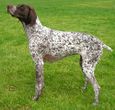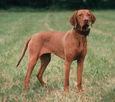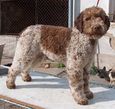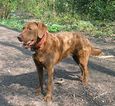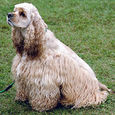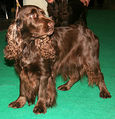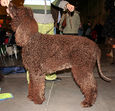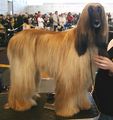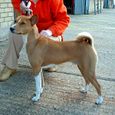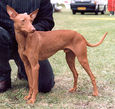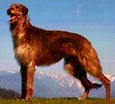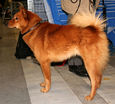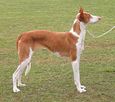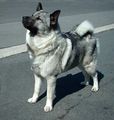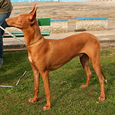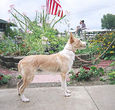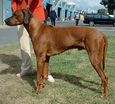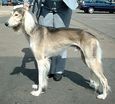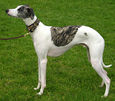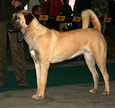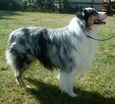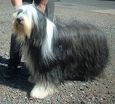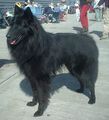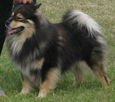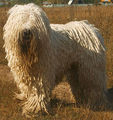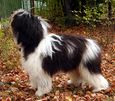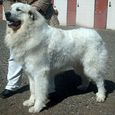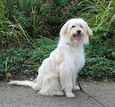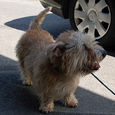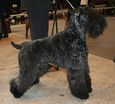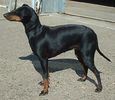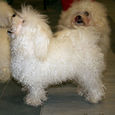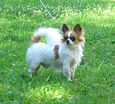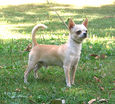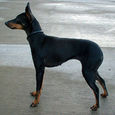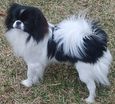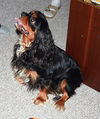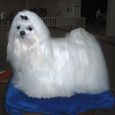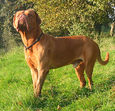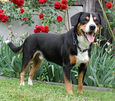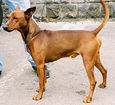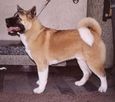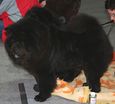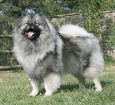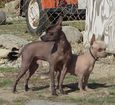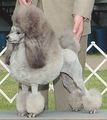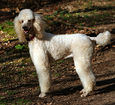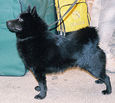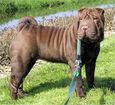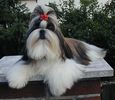Razas Caninas - WikiEstándares
Revisión del 16:03 10 jun 2011 de Ggaitskell (discusión | contribs.) (Página creada con '{{toplink |linkpage =WikiEstándares |linktext =WikiEstándares |pagetype =WikiEstándares |sublink1= Sección Canina - WikiEstándares |subtext1= Sección Canina }} ===Introdu...')
|
|
Introducción
The following breeds have been classified according to The Kennel Club guidelines. Any breed not part of these guidelines has been omitted, excluding the Dangerous Dogs section. The descriptions for each group are also from The Kennel Club. For further information regarding a specific breed please see http://www.thekennelclub.org.uk/.
Gundog Group
- Dogs that were originally trained to find live game and/or to retrieve game that had been shot and wounded. This group is divided into four categories - Retriever, Spaniels, Hunt/Point/Retrieve and Setters.^
Hound Group
- Traditionally used for hunting by scent or sight. They require a significant amount of exercise and can be described as dignified, aloof but trustworthy companions.^
Pastoral Group
- Herding dogs that are associated with working cattle, sheep, reindeer and other cloven footed animals. Usually this type of canine has a weatherproof double coat to protect it from the elements when working in severe conditions.^
Terrier Group
- Dogs originally bred and used for hunting vermin. This hardy collection of dogs were selectively bred to be extremely brave and tough, and to pursue fox, badger, rat and otter (to name but a few) above and below ground.^
Toy Group
- Small companion or lap dogs. Many of the Toy breeds were bred for this capacity although some have been placed into this category due to their size. They should have friendly personalities and love attention. They do not need a large amount of exercise and some can be finicky eaters.^
Working Group
- Over the centuries these dogs were selectively bred to become guards and search and rescue dogs. Arguably, the working group consists of some of the most heroic canines in the world, aiding humans in many walks of like, including the Boxer, Great Dane and St. Bernard.^
Utility Group
- The name "Utility" basically means fitness for a purpose and this group consists of an extremely mixed and varied bunch, most breeds having been selectively bred to perform a specific function not included in the sporting and working categories.^
Dangerous Dogs Act 1991
- It is an offence to own or keep any of the types of dog listed below, unless it is on the Index of Exempted Dogs and is in compliance with the requirements. In any event it is an offence to breed from, sell or exchange (even as a gift) such a dog, irrespective of whether it has been placed on the Index of Exempted Dogs. See http://www.defra.gov.uk/animalh/welfare/domestic/dogs.htm
References:
- Breed Group Listings (2006), The Kennel Club, London
- Dangerous Dogs Act 1991, Department for Environmental, Food and Rural Affairs




